How to Look After Your Roses
In this third blog in our series on roses, we look at how to care for your roses to ensure healthy plants and lots of flowers throughout the season.
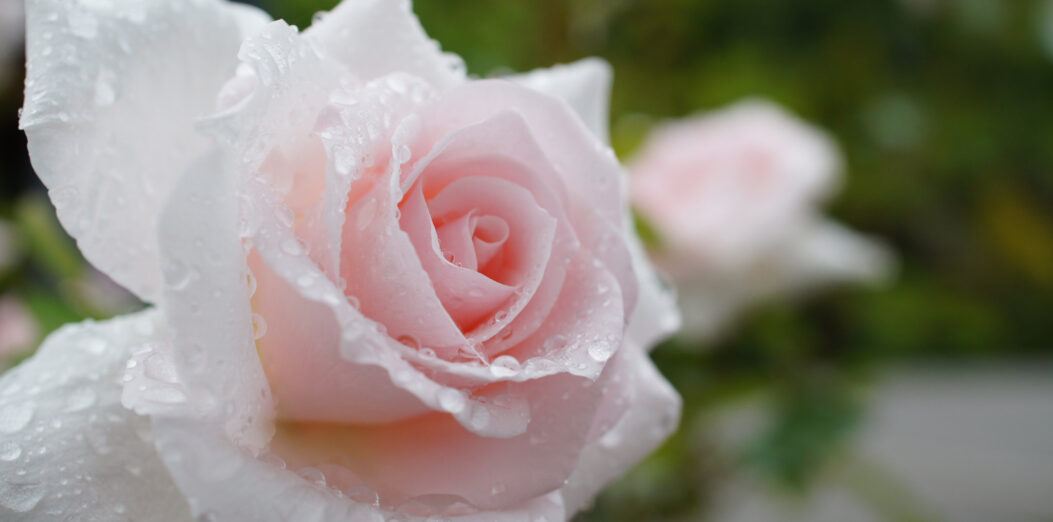
Caring for roses really is easier than you think! Anyone can grow them successfully and they are actually no more difficult to care for than any other shrub. Below are a few care tips to get the most out of your roses.
1. Right Plant, Right Place
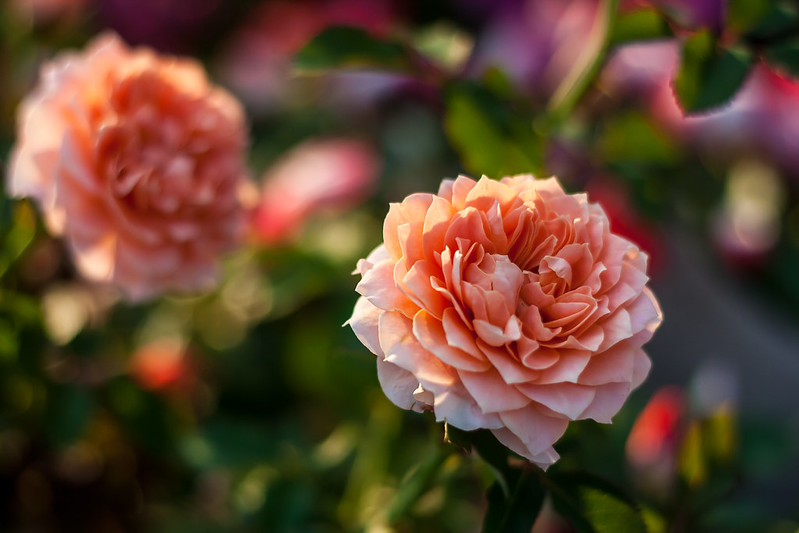
Firstly and perhaps most importantly, remember to pick a rose variety suited to the place where you would like to plant it. You might like to take a look at my recent blogs on types of roses and where to use roses for some inspiration on rose varieties.
- Most roses thrive in full sun, although there some varieties that do well in partial shade.
- Roses need rich, moist, but well-drained soil as they hate being waterlogged. Many roses will survive in a variety of soil types from heavy clay to chalk.
- Always check when buying your rose that it will suit the soil in your garden.
2. Plant at the Right Time
The right time for planting roses depends on whether you are buying bare root or container plants. Both have their advantages, so you need to decide which works best for you.
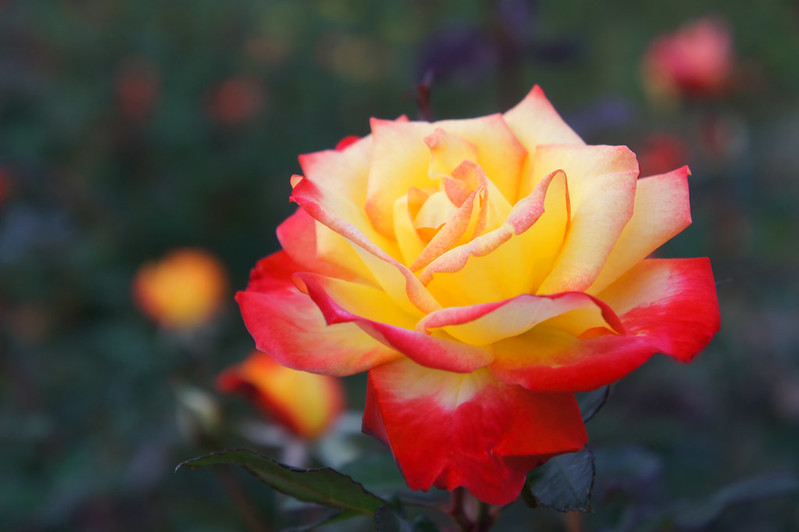
Bare Root Roses
- Are normally available from November to March (weather permitting) and should be planted in this time window.
- Are often cheaper than container grown roses.
- Need to have their roots soaked overnight in water before planting and should be planted as soon as possible after purchase.
- Roots should be kept moist for the first few months after planting.
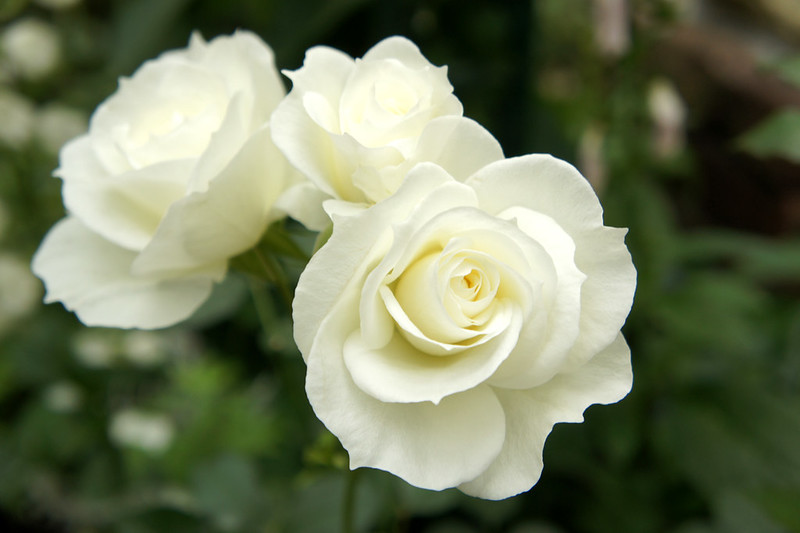
Container Roses
- Are great for novice gardeners because they’re easy to plant and establish quickly.
- Can be purchased at local nurseries throughout the growing season and can be planted any time of year.
- Having said this, avoid planting during frost, drought or when the ground is waterlogged. Plants are more likely to establish well in autumn or spring, when soil and weather conditions are ideal.
- Unlike bare root roses, container plants will be fine if you leave them in their pot a little while before planting them out – as long as they are kept well watered!
3. Watering and Feeding
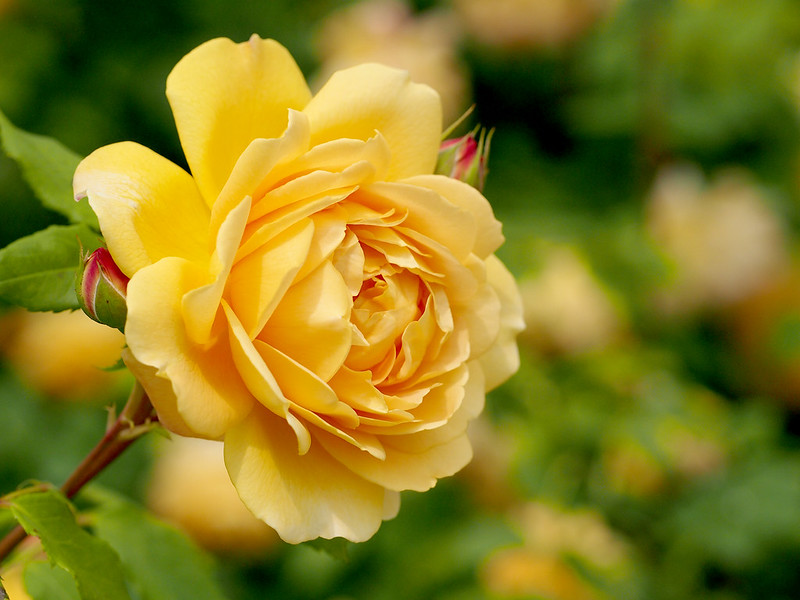
- To keep your plant healthy, soil should be kept moist, but not waterlogged.
- How often you water will depend on your soil type, how free draining it is, and the time of year.
- Water at the base of the plant to avoid wetting the foliage, which can encourage damage and disease.
- Roses are hungry plants. Mulch annually with organic matter such as well-rotted animal manure and consider using a rose feed (preferably organic and slow release) to promote impressive blooms in summer.
4. Pruning
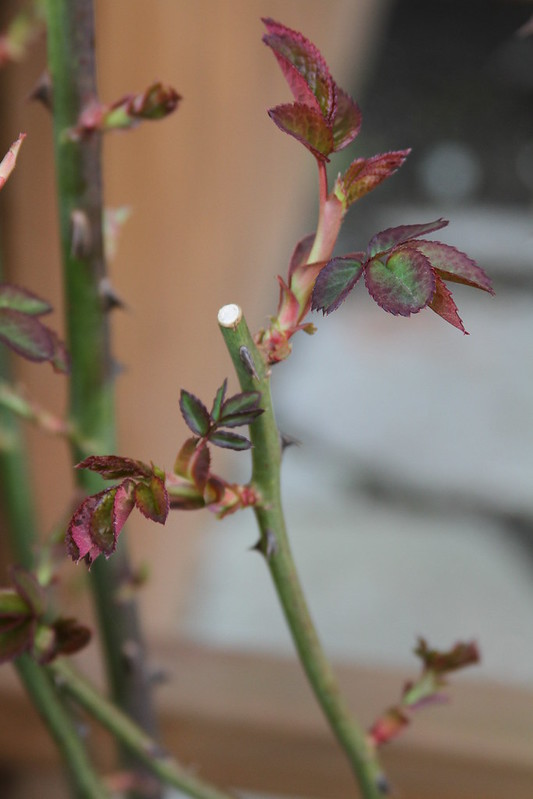
- Most rose varieties benefit from hard pruning, so it’s almost impossible to over prune your roses.
- The rule of thumb for all roses is major pruning should be done in early spring (mid-February) before new growth appears on the stems.
- For all roses, start by removing any dead or damaged canes (any that are brown through the middle of the stem).
- For specimens that require a hard pruning, cut back a third to a half of the previous year’s growth to encourage new stems and maintain a good overall shape.
- If you have a climbing rose, cut back to a main framework and tie in any loose stems.
- If you have a repeat flowering variety, regular deadheading will encourage new blooms and a long seasonal display.
- A lot of repeat flowering roses have been bred for cut flowers so don’t be afraid to cut off some of the blooms to display indoors.
5. Pests and Diseases
The best way to prevent rose diseases is to choose disease-resistant varieties, of which many of the newer varities are. Also, the healthier your plants, the less susceptible they are to pests and diseases – so try and follow the tips above. However, there are a few common diseases and pests to look out for.
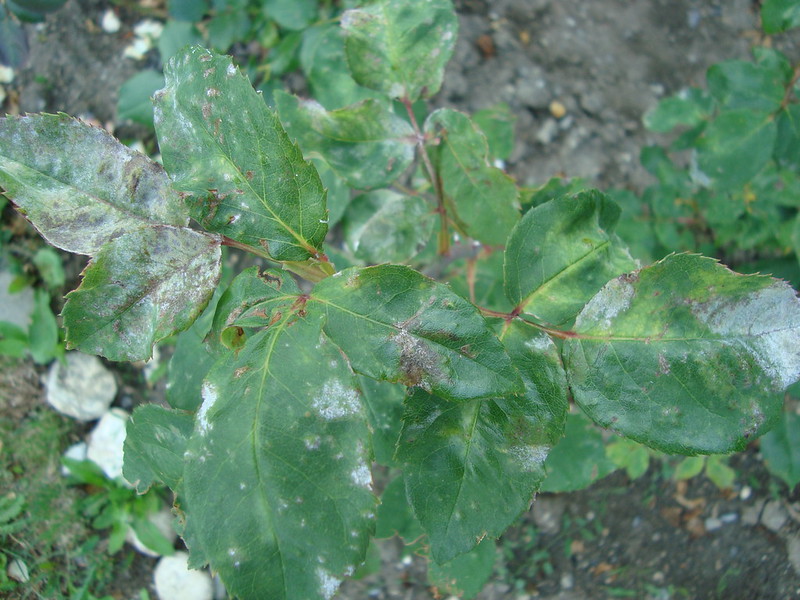
Powdery Mildew
- This typically appears during the summer, especially when the days are hot, and the nights are cool. Signs include leaves that curl and twist and the development of a white, powdery down on the leaves.
- Water plants at ground level in the morning, since wet leaves provide the perfect growing environment for mildew. Pruning a rose bush to allow air to circulate through the foliage also helps prevent this powdery growth.
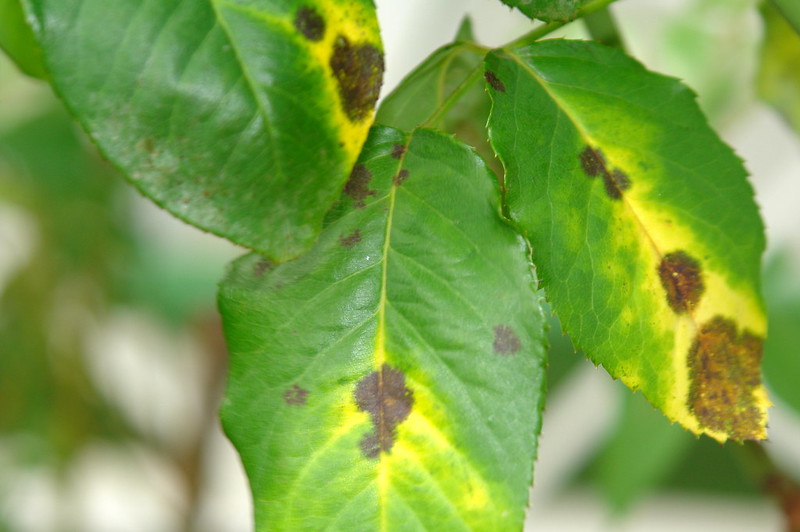
Black Spot
- Black spot is a waterborne fungal disease. It appears as circular black or brown spots on the top side of leaves. It starts toward the bottom of a bush and works its way up, eventually causing defoliation.
- Preventing this disease is the same as powdery mildew: improve air circulation around and through the plant and water at ground level.
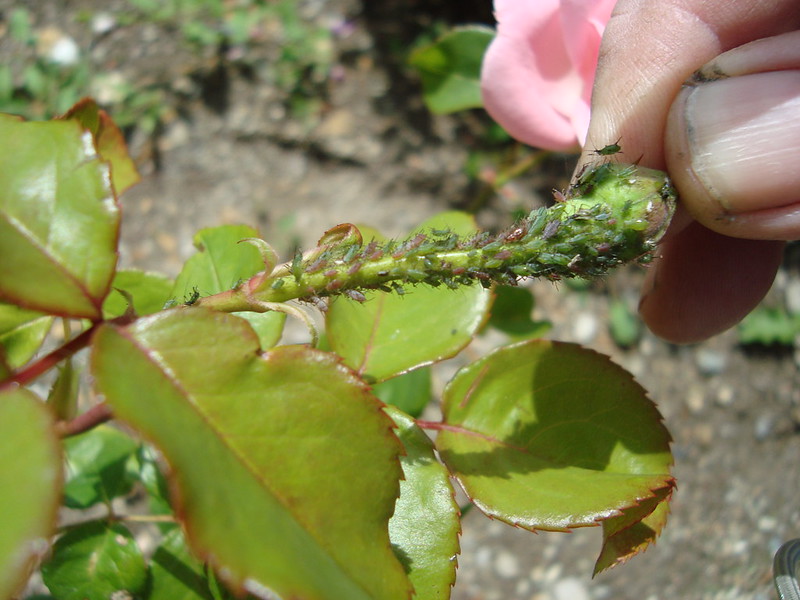
Aphids
- These are a common issue on roses, feeding on the sap and causing damage to the plant.
- There are a number of safe methods for controlling aphids on roses, as using pesticides is not recommended. Apply a moderately strong spray of water to dislodge pests and spray early in the day.
- Alternatively, a solution of water and washing up liquid (1 tablespoon of soap in a spray bottle), can be an effective, simple pest control.
- The most effect way to control aphids is by encourage predictors into your garden, for example green lacewings and ladybirds predate aphids. Attract these natural enemies by including their favourite plants in your garden, such as dill, fennel, mint, thyme, and yarrow.
- Small garden birds such as finches and sparrows feed on aphids so encourage them into your garden by providing water, food, shelter, and places to nest.
I hope these basic tips will give you the confidence to plant and care for more roses in your garden to create a wonderful display of colour year after year.
If you’re interested in discussing more ideas for roses in your garden we’d love to meet and discuss your project in detail – book your free no-obligation garden consultation today.
Photo Credits
Header image; Right plant, right place; Bare root roses; Container roses; Watering and feeding; Pruning; Powdery mildew; Black spot; Aphids